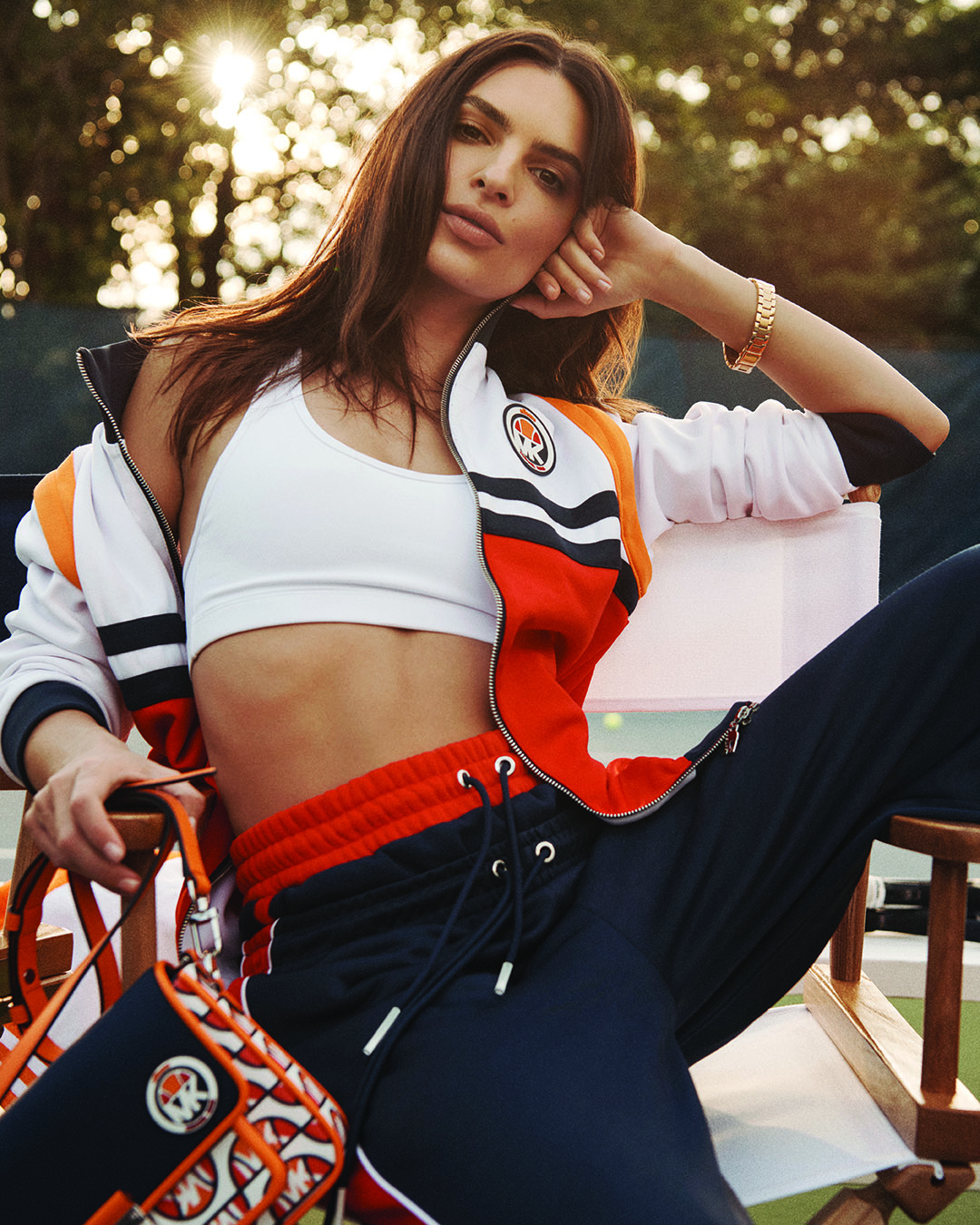In an Olympic year, the match between fashion and sport would almost be a sure thing. But this relationship that has been growing stronger for years promises to go further
The use of athletes as ambassadors for fashion brands has been happening for a few (several) seasons, but it is a fact that it has intensified with the approach of the Olympics . It is a way for luxury brands to, in theory, reach out to younger audiences and gain a more “real-life” feel. More than just occasional collaborations with athletes, there is a deeper involvement – David Beckham , for example, will sign with Boss for seasons. At the same time, Canada Goose (outerwear brand) recently brought in Haider Ackermann as its first official creative director. It is a fact that the two worlds are in a serious relationship.
We have also seen the efforts of conglomerates to deeply link themselves to the Olympic Games. Especially LVMH, which is hosting the party at home, will spend a considerable percentage of the budget, make the medals, involve the champagne, among other actions.
“The athleisure aesthetic has been invading fashion since the pandemic, when it was essential for clothes to be comfortable. In 2012, the term athleisure was first identified by WGSN, and in 2020, with the pandemic, it actually acquired the status of a key direction for fashion, paving the way for other possibilities for engagement and opportunities in products, such as sports beauty (ath-beauty). For fashion, hashtags such as athluxe and sportsmart show that the athleisure proposal continues to evolve, even taking on more luxurious contours», observes Raquel Dommarco, trend specialist at WGSN
The global fashion market is expected to reach $1.103 trillion by 2027, giving sports teams and athletes a good reason to venture into this space – and of course, an Olympic year presents the perfect opportunity. “A new generation of athletes and players are gaining cultural relevance beyond sport, becoming fashion icons and reaching out to style-conscious young people,” says Raquel.
With the Paris Olympics, brands have the opportunity to engage an estimated audience of 1.5 million spectators and 4 billion TV viewers ready to consume 350,000 hours of live broadcasts – it will be the most broadcasted Olympic Games in history. There are also 15,000 athletes ready to compete in these events, which means 15,000 potential content creators to drive conversion. As the winning athletes become influencers, we should see brands adapt their future strategies even further. And so, they have been playing in this segment not only within the scope of fashion: the increase in viewership and sports betting and the greater interest in women’s sports should continue to drive global revenue in the sports market, which creates opportunities for numerous segments. For brands, this brings the need to launch meaningful campaigns that resonate with diverse audiences. “In addition to LVMH, France’s Lacoste has signed three Olympians as new ambassadors, including US water polo player Ashleigh Johnson, UK shooter Ruth Mwandumba and German gymnast Marcel Nguyen. The Great Britain Olympic and Paralympic teams have signed a sponsorship deal with TikTok to connect with new audiences and help athletes grow their online influence. Jacquemus has selected world record-holder Sha’Carri Richardson as the face of its collaboration with Nike ahead of the Olympics,” he explains. Not to mention the film Rivals, starring Zendaya, and the looks she’s been wearing on the promotional tour.
One of the key directions for luxury brands at the moment is, in fact, to develop merchandising opportunities that encourage young fans to engage with their brand, since millennials and Gen Z are expected to represent 70% of the global luxury market by 2025. “Other possibilities are to foster activations aligned with the personalities of each athlete to attract their fans, creating in-person events and online experiences that allow participation by those outside of major cities, or enabling spectators to interact with athletes virtually,” he concludes.

